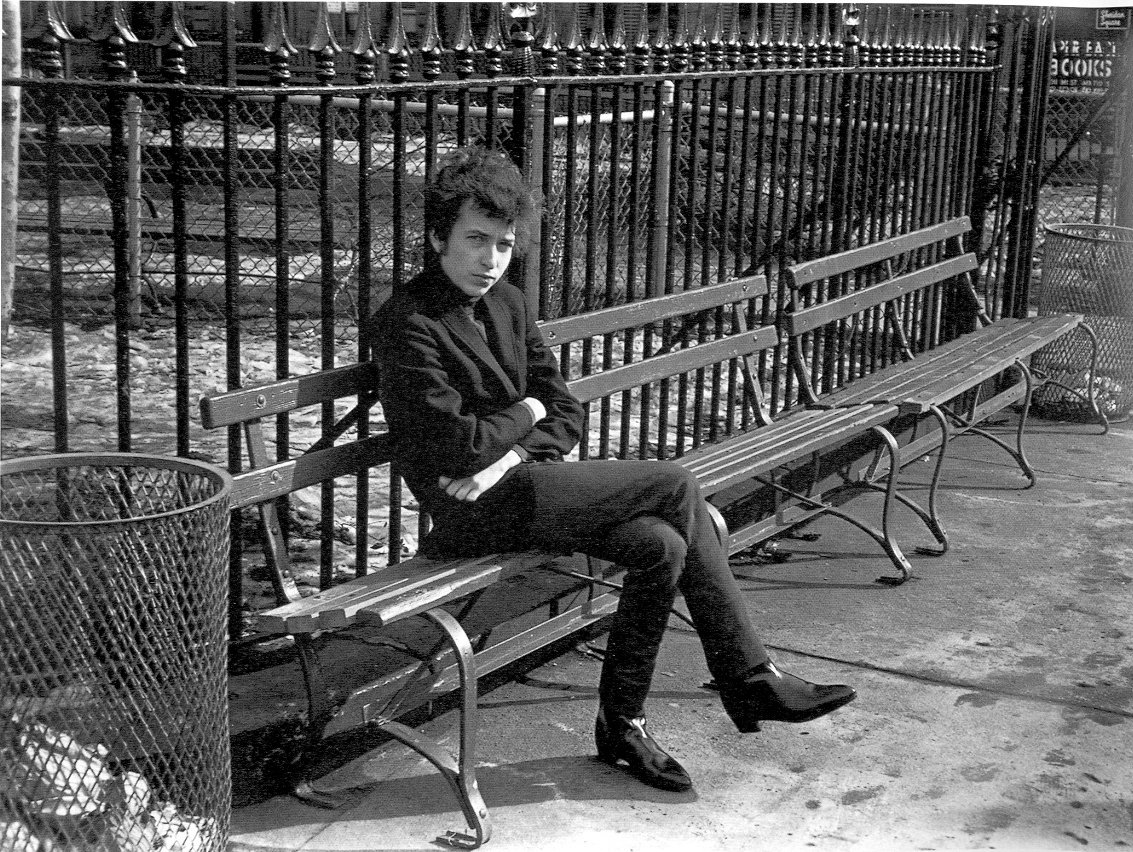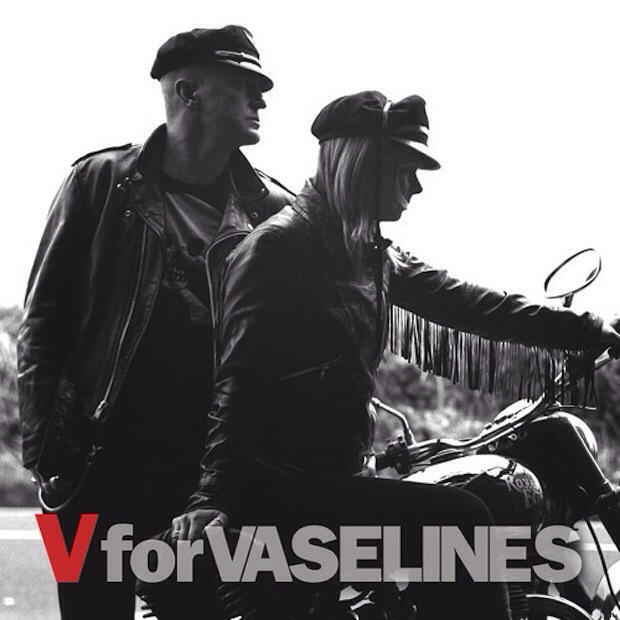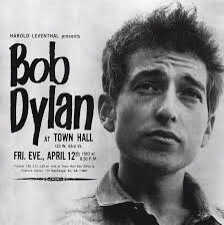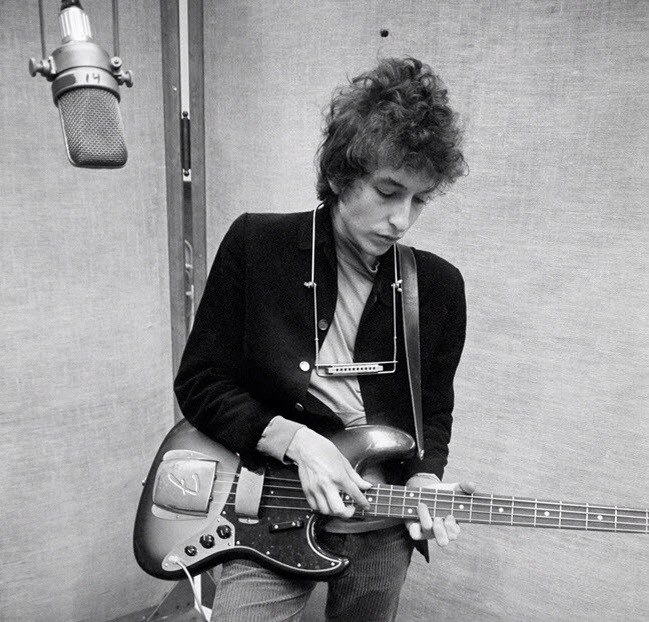— A Days Of The Crazy-Wild blog post —
Monthly Archives: June 2014
Video: Patti Smith Remembers ‘My First Gig’ For NME
Audio: Stream New Vaselines’ Song, ‘One Lost Year’
The Rant: Who The Hell Is Noah Berlatsky & Why Is He Trashing Bob Dylan?
Yesterday at Salon, some guy named Noah Berlatsky took out a hatchet and went after Bob Dylan.
Ok, I get it. Websites need heavy traffic and attacking Bog Dylan is an easy way to get thousands of Dylan fans to click on a story. And others too.
For this particular story, the headline is:
“10 musicians influenced by Bob Dylan who are better than Bob Dylan”
So right off you and I know this is so lame we shouldn’t be wasting time on it.
Why would anyone need to compare one musician to another? And who cares if this guy thinks some musicians that were influenced by Dylan are better than Dylan?
I just couldn’t let this crap go by without commenting.
Now we’re not dealing with facts here. We’re dealing with opinion. The opinion of one man. And this guy Berlatsky, a correspondent for The Atlantic magazine, can have any opinions he wants. If he thinks Donovan is a better singer than Bob Dylan (one of his claims), hey, I can think he’s an idiot. I can even tell you he’s an idiot. But if that’s what he thinks, that’s what he thinks.
After all, plenty of people bought Pat Boone records. Journey is still popular. There was a time when Styx could fill coliseums.
Berlatsky states that Dylan “may be the most overrated performer in the history of popular music.”
He criticizes Dylan’s signing, writing: “As a singer, he mimicked the roughness of roots sources without capturing their nuance or power, often resulting in self-parody.”
Then he attacks Dylan’s songwriting: “As a lyricist, he had a tendency to mistake Beat Poet doggerel bathos for profundity.”
By the way, he tells us that Nashville Skyline is his favorite Dylan album. Now there’s nothing wrong with Nashville Skyline, but it’s not Bringing It All Back Home or Highway 61 Revisited or Blonde On Blonde, Dylan’s greatest albums.
Clueless, this guy Berlatsky.
And then he states that the following musicians are “just a few performers influenced by Dylan who are better than he is.”
The list: Jimi Hendrix, Donovan, The Beatles, Johnny Cash, Neil Young, the Velvet Underground, Townes Van Zandt, Joni Mitchell, Sly Stone and the Minutemen,
Now with the exception of Donovan (come on!), that’s a list of heavy hitters. Those are excellent solo artists and bands. But why would you spend your time making claims that they’re better than Bob Dylan.
And why trash Dylan?
This guy Berlatsky reminds me of the squares who just don’t get it. There are always people like that. They’re the ones who don’t want to watch a film if it has subtitles. Who still don’t think hip-hop is music.
We could take one view, and see Berlatsky as one of those squares. But I tend to take a more cynical view. He pulled together his list, spent a half hour cranking out his copy, and voila, a post for Salon sure to draw many curious readers. And gain some notoriety for the writer.
Hopefully, if you do take a look at Berlatsky’s silly post, you’ll have a good laugh and move on down the line. Maybe put on Blonde On Blonde or Bringing It All Back Home and dig on recordings that continue to reveal themselves even after all these years.
I guarantee you that we, you and I, have better things to do than spend another minute on this Berlatsky guy.
— A Days Of The Crazy-Wild blog post —
Audio: The Johnny Cash/ Bob Dylan Studio Outtakes – Feb. 18, 1969
While recording Nashville Skyline, Bob Dylan invited Johnny Cash to Columbia Music Row Studios in Nashville.
The two men spent February 18, 1969 jamming on a bunch of classics including some of Cash’s songs and Dylan’s “Girl From the North Country.”
That last one, of course, was included on Nashville Skyline. The rest have yet to be officially released.
This is a very casual session, but it’s great to hear it.
1 “Mountain Dew” partial
2 “I Still Miss Someone”
3 “Careless Love”
4 “Matchbox”
5 “That’s Alright Mama”
6 “Big River”
7 “I Walk The Line”
8 “You Are My Sunshine”
9 “Ring Of Fire”
10 “Guess Things Happen That Way”
11 “Just A Closer Walk With Thee”
12 “Blue Yodel”
13 “Blue Yodel #5”
Plus: The Johnny Cash Show, May, 1, 1969
14 “I Threw It All Away”
15 “Living The Blues”
16 “Girl From The North Country”
— A Days Of The Crazy-Wild blog post —
Audio: Some Of Bob Dylan’s ‘Bringing It All Back Home’ & ‘Highway 61 Revisited’ Alternate Takes

These four alternate takes from the Bringing It All Back Home and Highway 61 Revisited Sessions.
I had a good time listening to them and thought you might too.
Enjoy.
“She Belongs To Me” (alternate take), January 14, 1965:
“Love Minus Zero / No Limit” (alternate take), January 14, 1965:
“If You Gotta Go, Go Now” (alternate take), January 15, 1965:
“It Takes A Lot To Laugh, It Takes A Train To Cry” (alternative take), June 16, 1965:
Plus here’s the 1974 acoustic/solo version of “Meet Me In The Morning”:
— A Days Of The Crazy-Wild blog post —
Video: Four Minutes From the Elliott Smith Doc, ‘Heaven Adores You’
Audio/Video: Bob Dylan Records The Song That Changed Everything – June 15 & 16, 1965
Forty-nine years ago, on June 16, 1965, Bob Dylan and a handful of ace session musicians including the great blues guitarist Michael Bloomfield and a upstart organ player, Al Kooper, recorded the take of “Like A Rolling Stone” that established Bob Dylan as one of the great rock ‘n’ rollers of all time.
The session took place in Columbia Studio A in New York, where Dylan was comfortable working, and where he had recorded his previous albums.
Dylan had started recording the song the previous day but didn’t cut a killer take.
The musicians:
Michael Bloomfield, guitar, Joe Macho, Jr., bass, Bobby Gregg, drums. Al Kooper, organ; Paul Griffin, piano; Bruce Langhorne, tambourine.
Greil Marcus writing about the fourth take on June 16, 1965, the take with the magic:
Take 4 — 6.34
“Four,” Wilson says. As it happens, this will be the master take, and the only time the song is found.
“One two, one two three”: the bang that sets it off is not quite as big as in the take just before, but it somehow makes more space for itself, pushes the others away for the fraction of a second necessary to mark the act. Gregg, too, has found the song. He has a strategy, creating humps in the verses and then carrying everyone over them.
As big as the drums are, Griffin plays with light hands; you can imagine his keys loosening. At the very start, piano and bass seem the bedrock — but so much is happening, and with such gravity, you cannot as a listener stay in one place. You may have heard this performance thousands of times, but here, as it takes shape, the fact that it does take shape doesn’t seem quite real. The false starts have created a sense that there can be no finished version, and even if you know this is where it happens, as with all the takes before it you are waiting for it to stop short.
Bloomfield is playing with finesse, passion, and most of all modesty. He has a sense of what to leave out, of when to play and when not to. He waits for his moments, and then he leaps. And this is the only take where, for him, everything is clear.
There is a moment, just after the first “How does it feel?” when Kooper’s organ, Bloomfield’s guitar, and Gregg’s cymbals come together in a single waterspout, and you can feel the song running under its own power. You wonder: what are the musicians thinking, as this astonishing story, told with such a sensation of daring and jeopardy, unfolds in front of them for the first time?
Kooper holds down a stop at the fade, long after everyone else has quit playing. “Like wild thing, baby,” someone says, beside himself. “That sounds good to me,” Wilson says, happiness all over his voice.
You can read Marcus’ description of the entire June 16 session here.
The song that changed everything:
“Maggie’s Farm” into “Like A Rolling Stone” at Newport Folk Festival, July 25, 1965:
Hollywood Bowl, Sept. 3, 1965:
Liverpool, England, May 14, 1966:
The Royal Albert Hall, London, May 26, 1966:
Not sure when or where this is from or who is playing the solo but it smokes:
Bob Dylan with Michael Bloomfield, Warfield Theater, San Francisco, November 15, 1980:
— A Days Of The Crazy-Wild blog post —
Video: Bob Dylan, Neil Young Cover Late ’50s Rocker, ‘Everybody’s Movin” – June 10, 1988

The other day I did post with tracks from Bob Dylan’s show at the Greek Theater In Berkeley on June 10, 1988.
Neil Young joined Dylan for some songs.
This version of the late ’50d Glen Glenn non-hit, “Everybody’s Movin’,” is really cool.
Glen Glenn’s original:
— A Days of the Crazy-Wild blog post —







